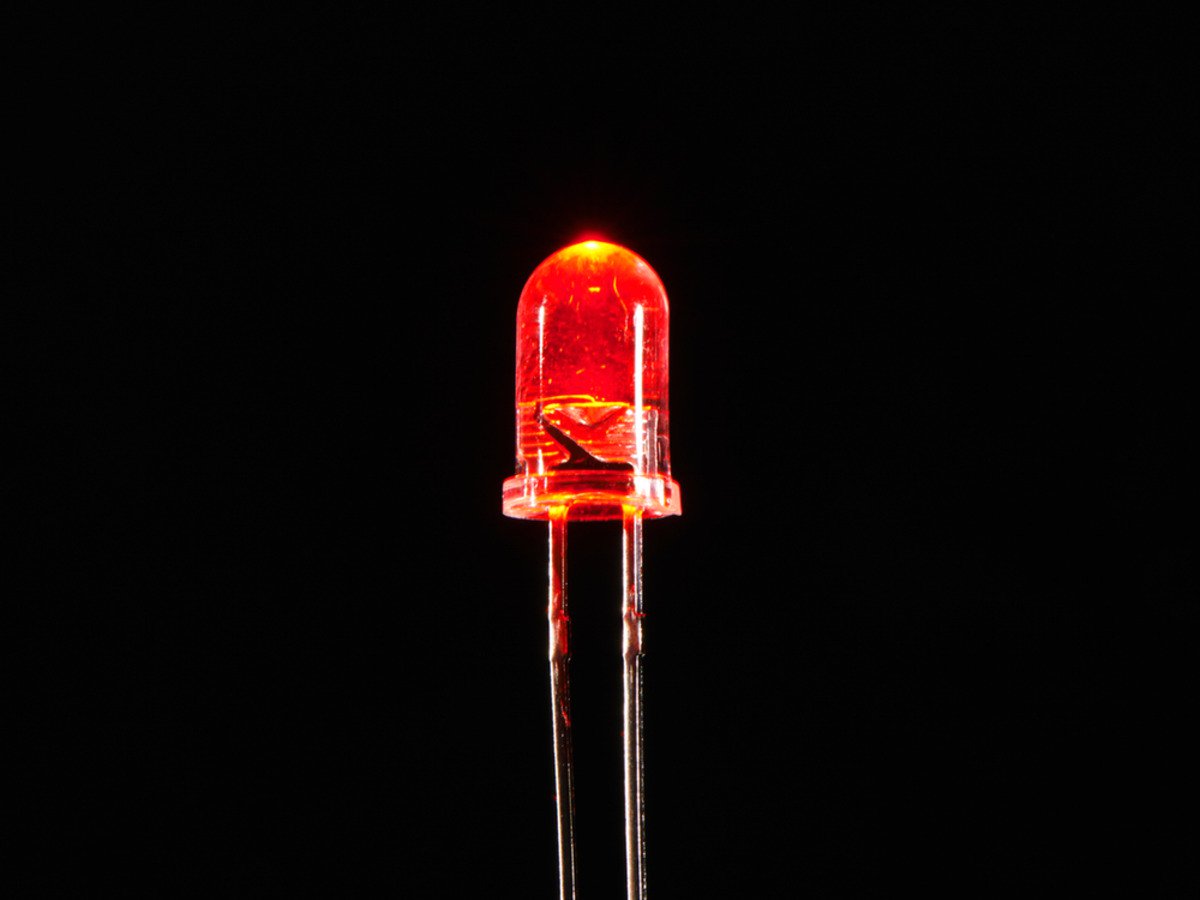WiFi design of smart home circuit design
Smart home appliances use integrated wiring technology, network communication technology, security technology, automatic control technology, audio and video technology to integrate home life related facilities, and build an efficient home calendar management system to improve safety, convenience and comfort. , artistic, and achieve an environmentally friendly and energy-saving environment. The most commonly used applications are lighting, water heaters, air conditioning, intrusion monitoring, smoke alarms, video surveillance and intelligent control of curtains.
Comparison of wired communication control and wireless communication control
(1) Wired control
The structure of the wired control is to place the controller in a strong electric box, and the switch and the central control host are respectively controlled by the weak electric control line. Wired control uses wired communication technology. Advantages of wired control: safe and stable, undisturbed; shortcomings of wired control: high requirements for the program, high requirements for line erection, and difficult to expand and change later. This method is used in the early stage of the development of smart homes . It is a change from industrial control. It is mainly used in large-scale commercial places and other places where people have centralized management, and is gradually replaced by wireless communication.
(2) Wireless control
Wireless control uses wireless communication technology to achieve control of the device. Advantages of wireless control: simple installation and wiring; shortcomings of wireless control: anti-interference is worse than wired control, and signal coverage is affected by buildings.
The main advantages of WiFi technology in smart home applications are: WiFi intelligent nodes can directly connect to wireless routers to access the Internet; no need for a home gateway, nodes can be arbitrarily expanded; will not destroy existing decoration; smart phones can carry out local area networks Control and remote control. Of course, WiFi technology has its shortcomings compared to ZigBee and 433 MHz RF communication technologies: high power consumption and high price. However, with the introduction of energy-saving technologies and improvements in chip technology, power consumption and price issues have gradually been resolved. Since the WiFi module is a standard configuration for notebooks, tablets, and smartphones, smart homes based on WiFi technology will gradually be promoted and applied, and the market prospect is broad.
Control circuit design of WiFi socket

Circuit principle: The module receives the closing command, PC8 port outputs high level, Q1 turns on, the relay coil has current flowing, the relay contact L_IN and the contact L_OUT pull in, the socket supplies power to the load; the module receives the disconnection When the command is turned on, the PC8 port outputs a low level, Q1 is turned off, the relay coil has no current, the relay contact L_IN and the contact L_OUT are disconnected, and the socket is powered off. The above is just a case of a WiFi socket, and a smart home based on WiFi technology is described. If other functions in the smart home appliance are to be realized, the implementation principle is similar. For example, to achieve remote video surveillance, simply change the outlet to the camera and implement the appropriate software features.
With the improvement of people's quality of life, the concept of intelligence will become more and more popular, and the cost of adopting a full set of intelligent systems is very high, and it is still very troublesome for the homes that have already been delivered. With WiFi smart socket, you don't need a home gateway, you can easily realize the intelligent control of home appliances without destroying the existing decoration, and you can realize the construction of smart home based on WiFi technology and experience the convenience brought by technology.
5mm Red Through-Hole LED(DIP LED) manufacturer from China.
5mm Through-hole LED, we supply 5mm Red LED with water clear lens, 5mm red LED with diffused lens, 5mm red LED with red clear lens and 5mm red LED with red diffused lens. We also supply 6mm red LED with water clear lens, 6mm red LED with red clear lens and 6mm red LED with red diffused lens, and the shape of lens can be red 5mm round LED Blub,  red 5mm flat top LED Blub, red 5mm bullet top LED Blub, red 5mm short top LED Blub, 5mm round LED without flange(fringe).
red 5mm flat top LED Blub, red 5mm bullet top LED Blub, red 5mm short top LED Blub, 5mm round LED without flange(fringe).
5Mm Red Through-Hole LED widely used for Red sign, display LED, indicator LED, die hole LED and 5mm round red with lamp holder because of the high brightness and the small size.
For the pin of 5mm Red Through-Hole LED, we also have a lots of choice on it. For example: 5mm Red Through-hole LED flat pin, 5mm Red Through-hole LED curved pin, 5mm Red Through-hole LED braided pin ect.
For the angle of 5mm red through-hole LED, 15 degrees, 30 degrees, 45 degrees, 60 degrees, 120 degrees are available.
For the raw materials, we use the LED chip from Taiwan Epistar, Tyntek, Optotech. The stability of our products have been recognized by all of our custom.
All of our product are meet with Reach, CE, RoSH, SGS, EN62471 standards and have 5 years warranty.
5mm Red Through-Hole LED
5Mm Red Through-Hole LED,5Mm Through-Hole LED Oval Red,5Mm 12V Through-Hole LED Red,Round Through-Hole 5Mm LED Red
Shenzhen Best LED Opto-electronic Co.,Ltd , https://www.bestsmd.com